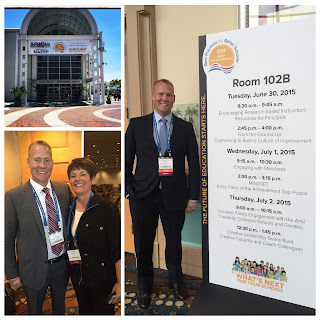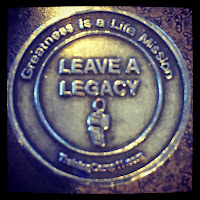Beliefs and Actions

I have spent a great deal of time in my career thinking about what I stand for, what I believe in, while defining my core values. All of these things guide my decision making and shape my work as principal, teacher, father, husband, coach, son, brother, and the other roles that I play. It is very important to define our core values and beliefs; I have talked and written about this in the past. However, I have come to realize this is only the first step in the improvement process. The next step involves action. Most of us would agree that saving money is a necessity for a productive life, as unexpected circumstances rear their heads. I believe this is an important practice; however, if I am not intentionally setting money aside in my savings account, there is a disconnect between my beliefs and actions. I can think about, talk about and even publish my beliefs about saving money, but if my actions are out of alignment with my beliefs, I am not going to ...










